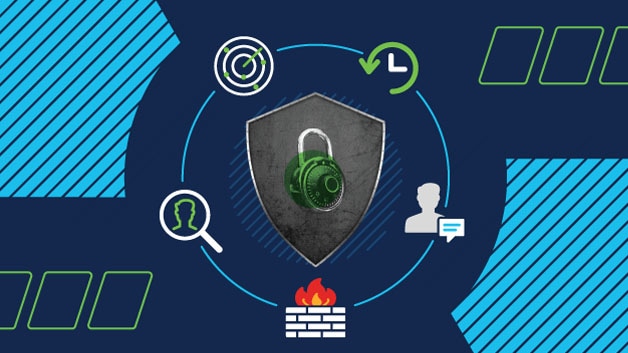What is NIST?
Founded in 1901, NIST is an agency of the U.S. Department of Commerce. It advances measurement science, standards, and technology to improve our quality of life. NIST has provided important computer security guidance for many decades.
Why is the CSF important?
There are many cyber best practices available, but they are long and difficult to understand. The CSF makes cyber-risk management easier, so that you can take the right action right away. It also simplifies the language of cybersecurity so that everyone can understand--both inside and outside your organization.
What makes the CSF easy to use?
The CSF uses a simple structure with just five key functions: Identify, Protect, Detect, Respond, and Recover. Each function uses clear, outcome-based language without extensive technical detail. The CSF also outlines a simple process to help improve your cybersecurity program.
Is the CSF a compliance mandate?
No, the CSF is not a compliance mandate. It is a voluntary, flexible framework available for everyone to use and customize to their unique needs.
Who uses the CSF?
The NIST CSF was originally intended for use by critical infrastructure sectors like healthcare, utilities, and manufacturers. That's why its official title is the Framework for Improving Critical Infrastructure Cybersecurity. But organizations of all sizes, all around the world have recognized its value and adopted the framework.
